Showcasing the Products We’ve Helped Transform
Every project follows a clear and documented process from initial discussion to post-launch maintenance. This ensures quality control, consistent communication, and reliable delivery for every client — regardless of project size or geography.
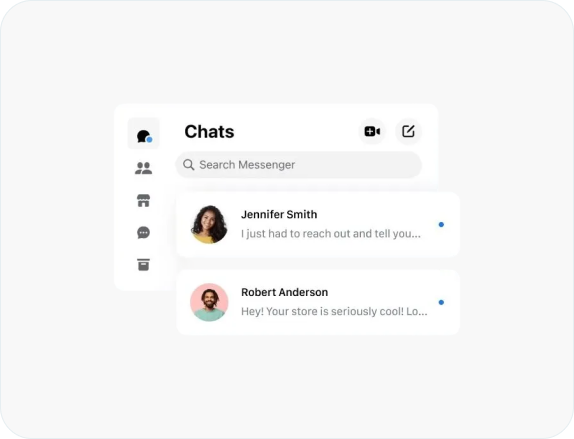
Initial Consultation
The process begins when a client shares their idea or requirement. The technical coordination team reviews the request and schedules a discovery session to understand:
- The business objectives
- Functional and technical expectations
- Timelines, scale, and integration requirements
The goal is to identify what needs to be built and why it matters to the organization.
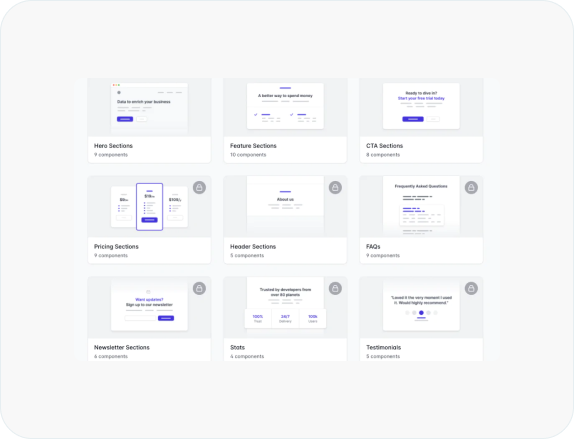
Requirement Analysis
Once the vision is understood, analysts prepare a detailed requirement specification. This includes user journeys, workflows, modules, and system dependencies. Technical architects evaluate frameworks, languages, and infrastructure based on performance and scalability.
The output of this stage is a Scope of Work (SOW) document — the foundation for planning and pricing.
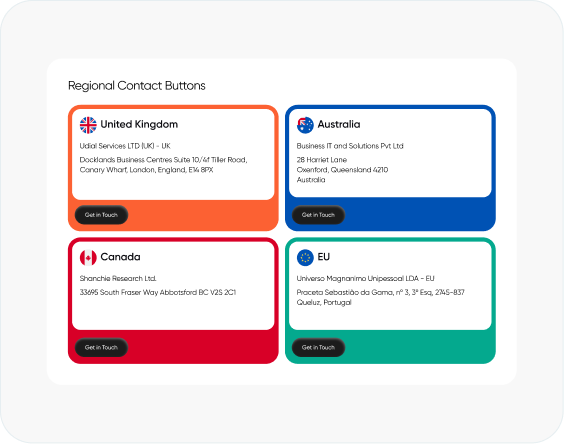
Proposal & Commercial Agreement
After the technical review, we present a clear proposal outlining milestones, timeline, pricing, and maintenance options.Clients can freely review, request changes, or approve the plan before onboarding.
Regional Coordination:Our process adapts based on client location:
- Direct clients work with our core operations team.
- Clients from Canada, Europe, Australia, and the UK are supported through authorized regional representatives who handle meetings, documentation, and billing locally.
All technical development, testing, and deployment are carried out by our in-house engineering team, ensuring consistent quality worldwide.
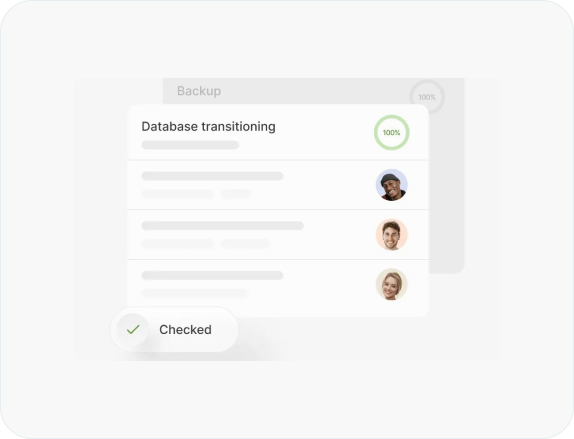
Planning & Architecture
After confirmation, the project architecture is finalized. This involves:
- Database design
- Security planning
- API mapping
- Infrastructure selection (cloud or on-premise)
The delivery roadmap and communication structure are shared with the client before development begins.

Design & Prototyping
UX/UI designers transform functional requirements into interactive layouts.Wireframes and prototypes help visualize workflows and confirm user experience expectations before development.
Feedback is collected and applied iteratively to finalize design assets.
Deliverables include:- Complete design kit (colors, typography, icons)
- Clickable prototypes for approval
- User journey validation

Development & Implementation
Each module using industry-standard frameworks and version control systems. All projects follow an agile sprint-based approach for flexibility and transparency. Weekly updates, demo builds, and reports keep clients informed at every stage. Weekly updates, demo builds, and reports keep clients informed at every stage. Technologies typically include:
- Backend: Node.js, Django, Laravel, .NET, Java
- Frontend: React, Vue, Angular • Mobile: Flutter, Kotlin, Swift
- Cloud: AWS, Azure, Google Cloud Each module is unit-tested before integration
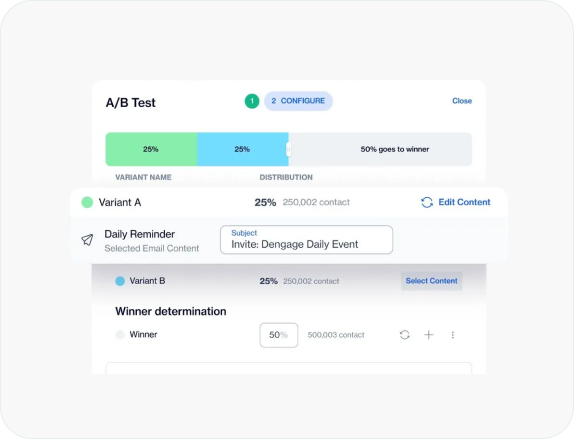
Testing & Quality Assurance
Before deployment, the product undergoes multiple test cycles including:
- Functional testing
- Integration testing
- Load and performance testing
- Security validation
The quality assurance team ensures every feature works flawlessly across browsers, devices, and environments.
All reports and logs are shared for full transparency.
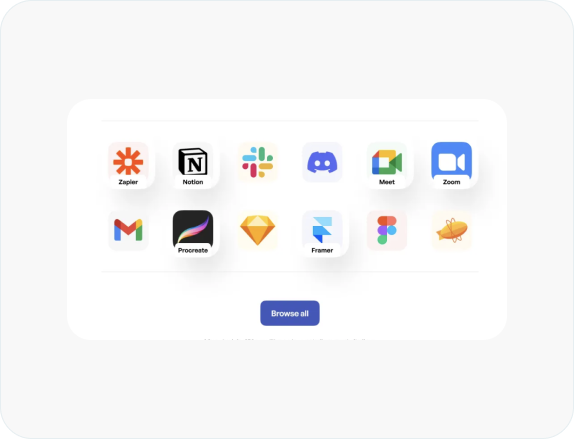
Deployment
Once approved, the solution is deployed to the live environment.
This may involve:
- Cloud setup & domain configuration
- SSL implementation
- CI/CD pipeline execution
- Database migration
- Final security checks
Deployment is coordinated with the client’s internal IT or hosting team to ensure a smooth transition with zero downtime.

Training & Documentation Clients
Clients receive comprehensive documentation, including:
- User manuals
- API references
- Admin guides
Knowledge transfer sessions are conducted for internal teams to ensure smooth handover and self-sufficiency.

Post-Launch Support
After going live, support continues for bug fixes, updates, and optimization.
Depending on the service agreement, maintenance may include:
- Monitoring server uptime
- Applying security patches
- Adding new features
- Version upgrades
Regional partners remain available for scheduling reviews, while all technical handling stays with the central engineering team.
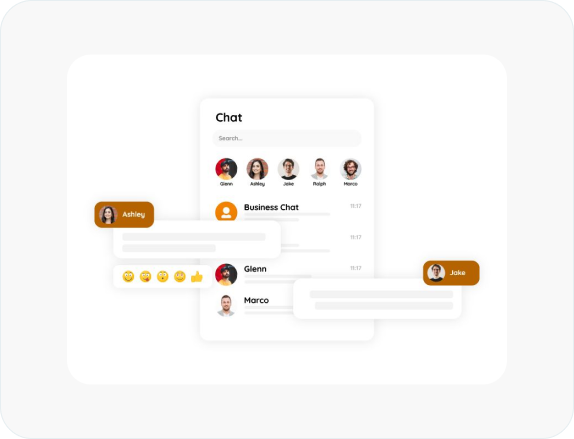
Long-Term Collaboration
The relationship extends beyond a single project.
Clients often engage for:
- Continuous upgrades
- Automation integration
- Scaling support as their business grows
Dedicated account managers track performance and recommend ongoing technology improvements to ensure sustained success.The goal is to identify what needs to be built and why it matters to the organization.